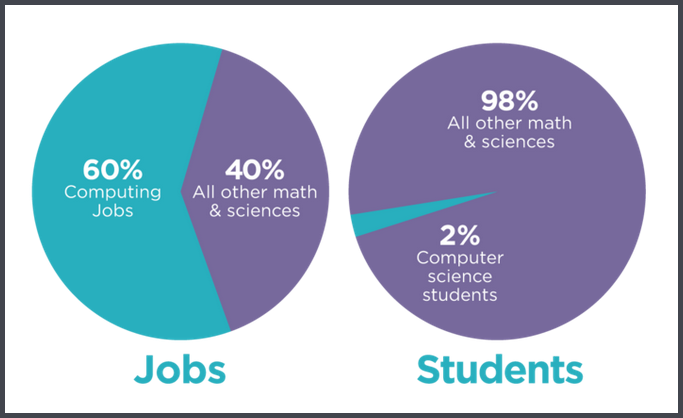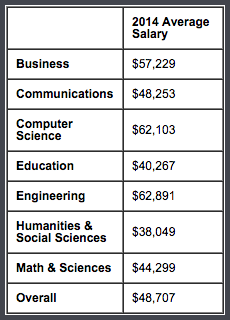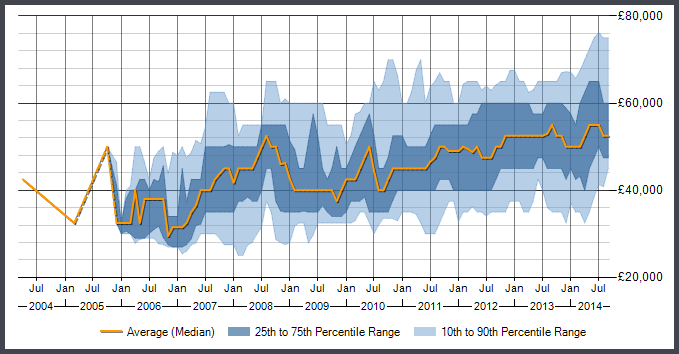In the United States, Europe, the United Kingdom, and around the world, the need for programmers is growing faster than they can be trained. As technology keeps advancing, this trend is expected to continue without slowing down. This means that for those who have picked programming as a career, the future is promising and seems to be getting even better – here’s how.
1. Job Openings
The information technology job field is exhibiting a trend that runs contrary to the still tight global employment trends, especially in Europe and the United States. Whereas the overall job market is challenging due to high unemployment, the number of original jobs for developers is growing.
In both the EU and the US, the need for programmers is greater than the number of newly trained IT workers. In the EU alone, there were about 700,000 unfilled tech jobs last year. While tech jobs increased by 3% from the previous year, the number of qualified job seekers decreased and keeps getting smaller.
In the US, this job-to-worker gap is even more impressive. In information technology, jobs are growing at twice the national average. Currently, 60% of all STEM-related jobs (Science, Technology, Engineering, Math) are in computer science, but only 2% of students graduating in STEM fields actually study computer science.
 Image source: code.org
Image source: code.org
Surprisingly, without major educational changes, this trend is not expected to reverse anytime soon, and by 2020 it is estimated there will be 1 million more jobs than students.

But what does this mean? To look at it from a basic economics perspective, demand is outpacing supply. There are more and more jobs (ie, demand for programmers) opening up and being created than there are qualified workers to fill those jobs (supply). And when demand increases but supply remains unchanged or decreases, a shortage results and the prices for said supply will rise. Which brings us to reason number 2 that things are looking good for programmers.
2. Higher-than-average salaries
Exposure to computer science leads to some of the best paying jobs in the world (www.code.org/stats). In the UK, an impressive 90% of job offerings listing Ruby on Rails as a requirement offer yearly salaries above the national UK average (excluding London) of £40k ($64.3k). And one out of ten of those jobs offers a salary upwards of £75k ($120.7k) a year.
3-month moving average for salaries quoted in permanent IT jobs citing Ruby on Rails across the London region.
Image source: itjobswatch.co.uk
In the US, once again, the trend is no different. Entry-level jobs for students graduating with degrees in computer science averaged salaries of $62k/year, while those in math and science averaged $44k, and the humanities a significantly lower $38k.

Image source: blogs.wsj.com
Due to the incorporation of big data, software optimization and an increasing reliance on technology in the basic structure and operations of more and more industries, demand for programmers and those specializing in computer science has grown rapidly over the last decade. Based on studies predicting the next decade and beyond, this shortage of qualified developers will continue to grow, as will, most likely, the increase in salaries for these highly-coveted, skilled individuals. Which is why being a programmer is an excellent career choice, both for right now and in the future.
